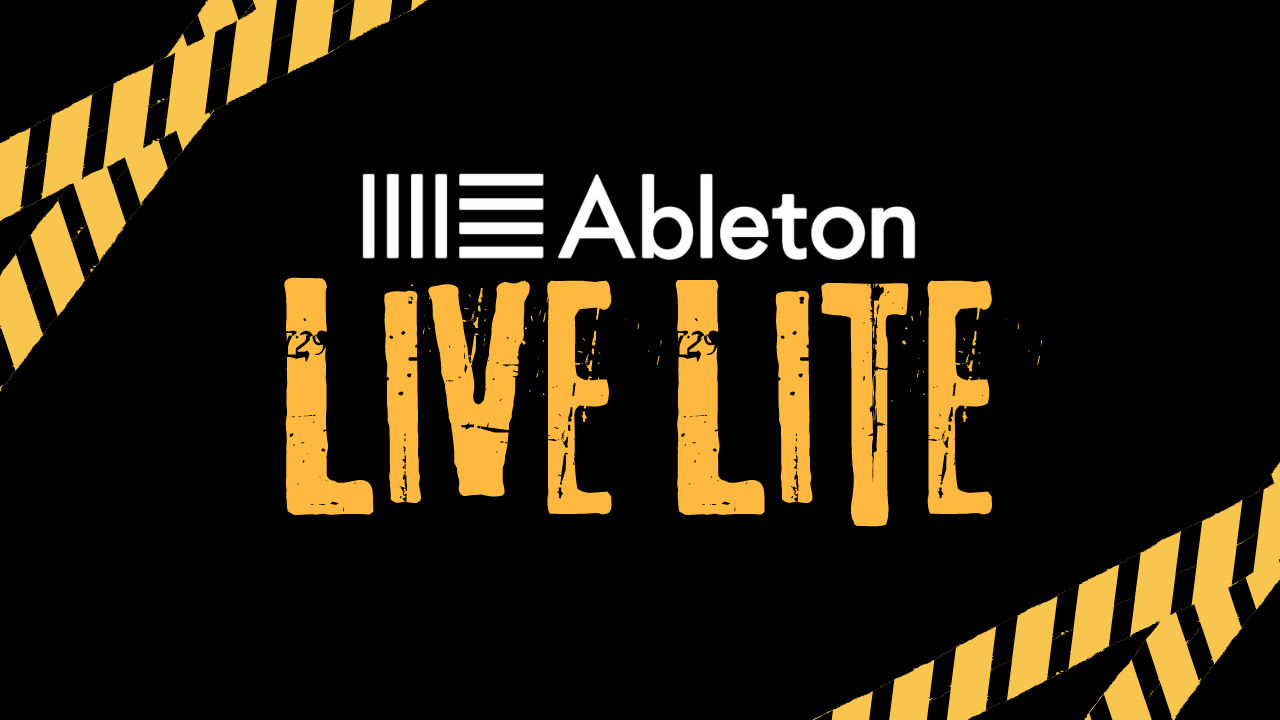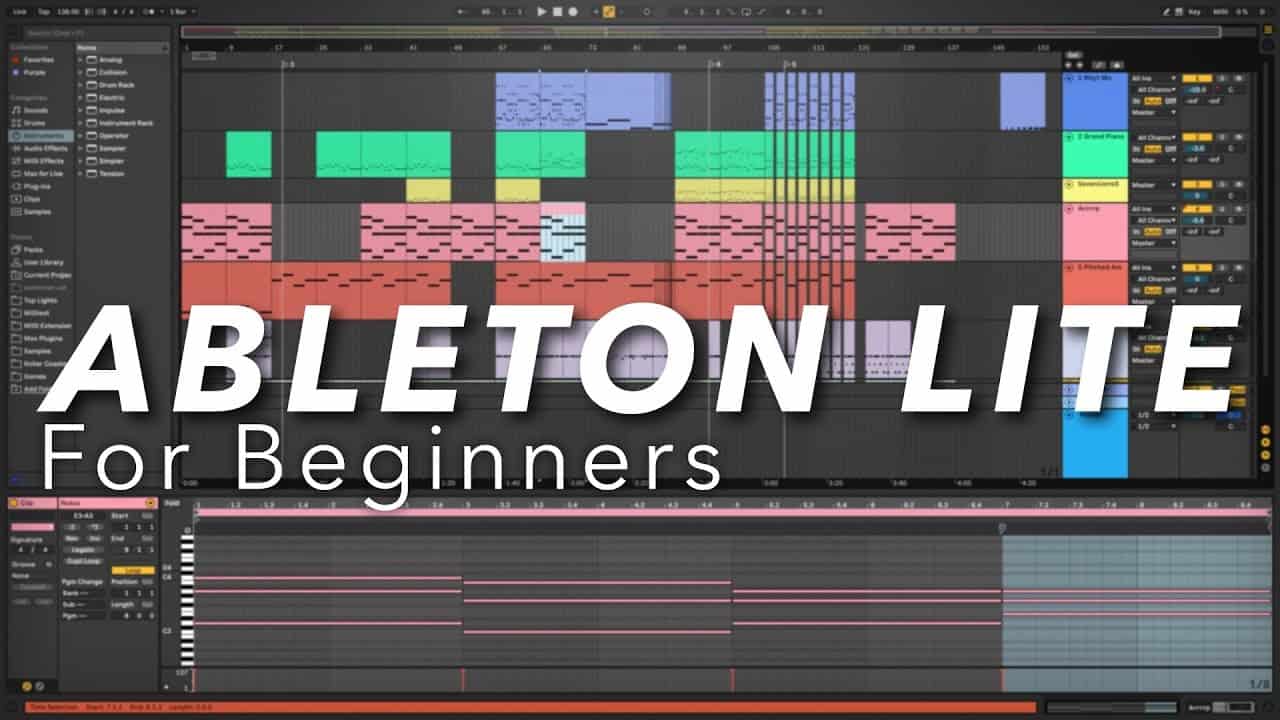Ableton Live Lite is a great and inexpensive option for beginners to begin making music. It includes all the basic tools necessary to learn how DAWs function and their capabilities. Its affordable price does mean it has some restrictions, but there are methods to either navigate these or turn them to your creative benefit. So, let’s discover what distinguishes Live Lite from the complete editions and, more crucially, how you can extract as much value as possible from it.



